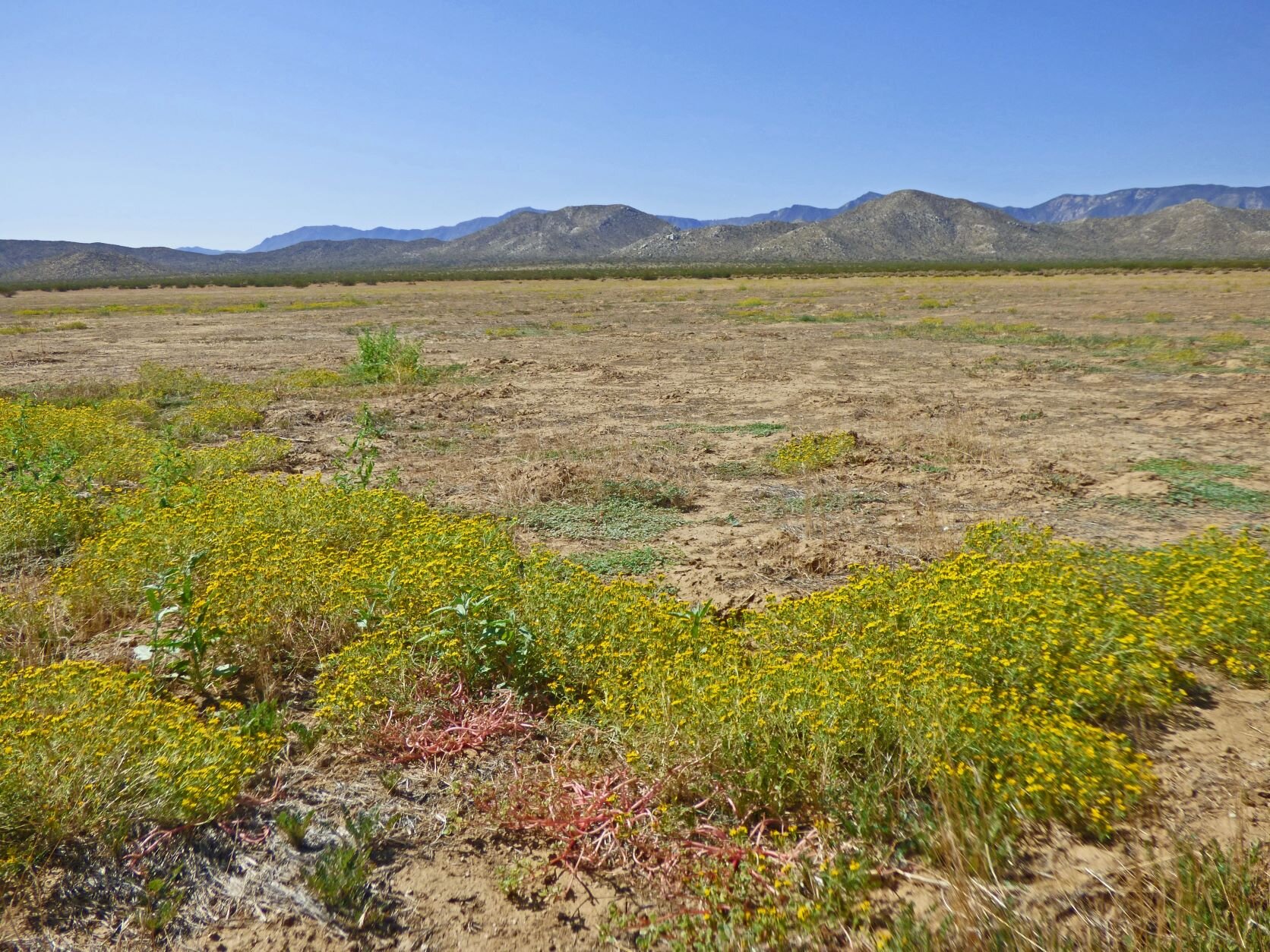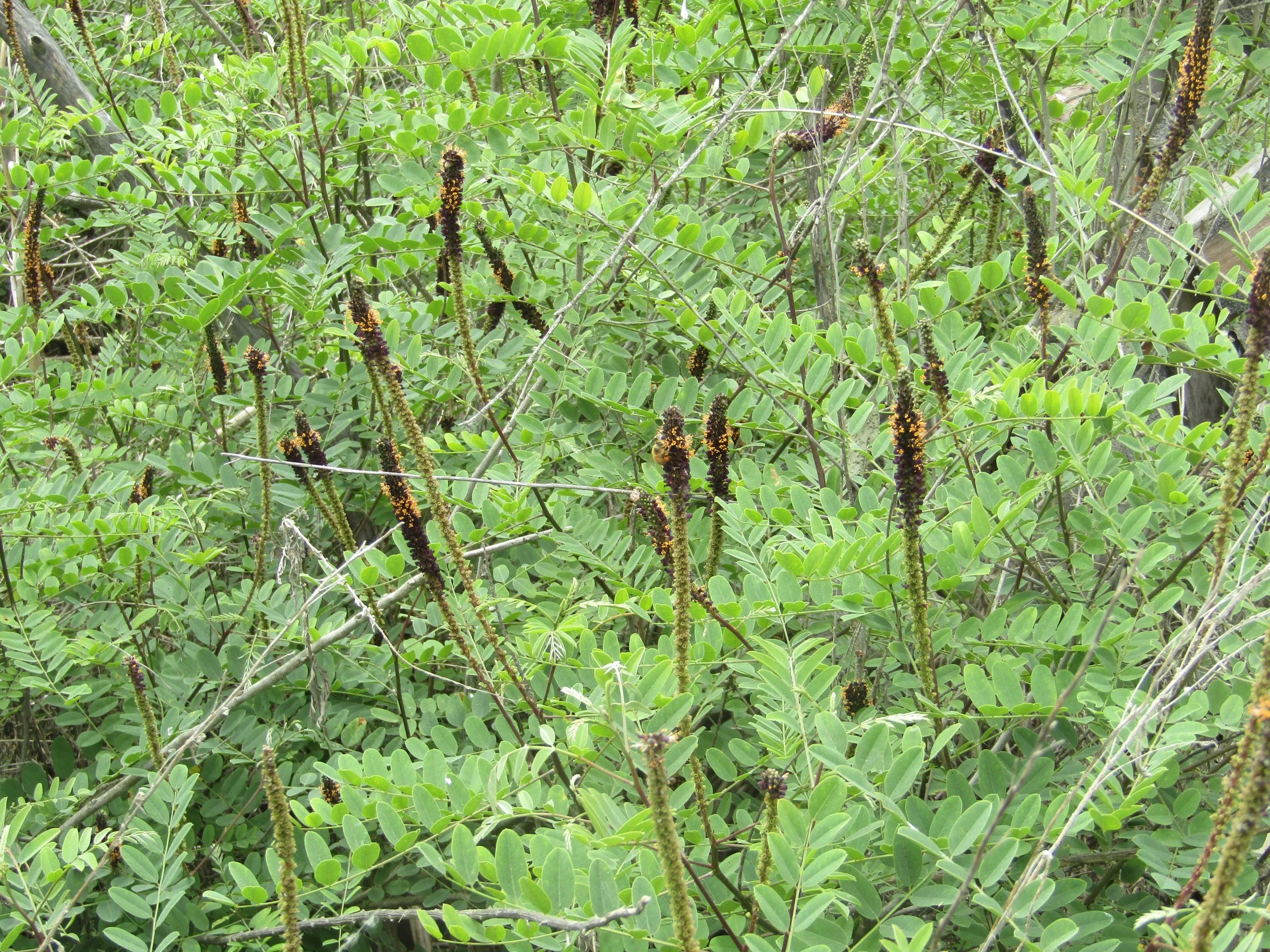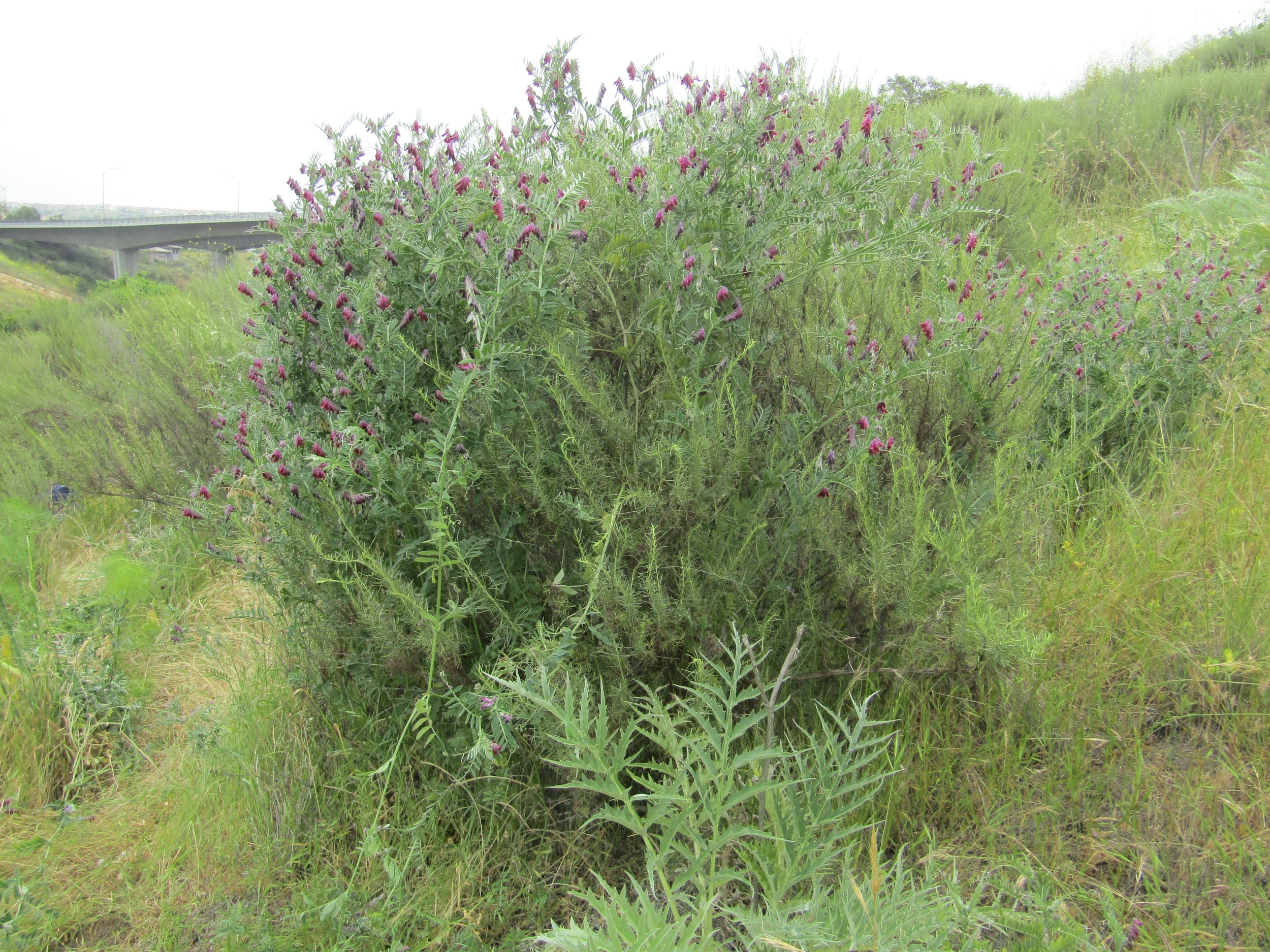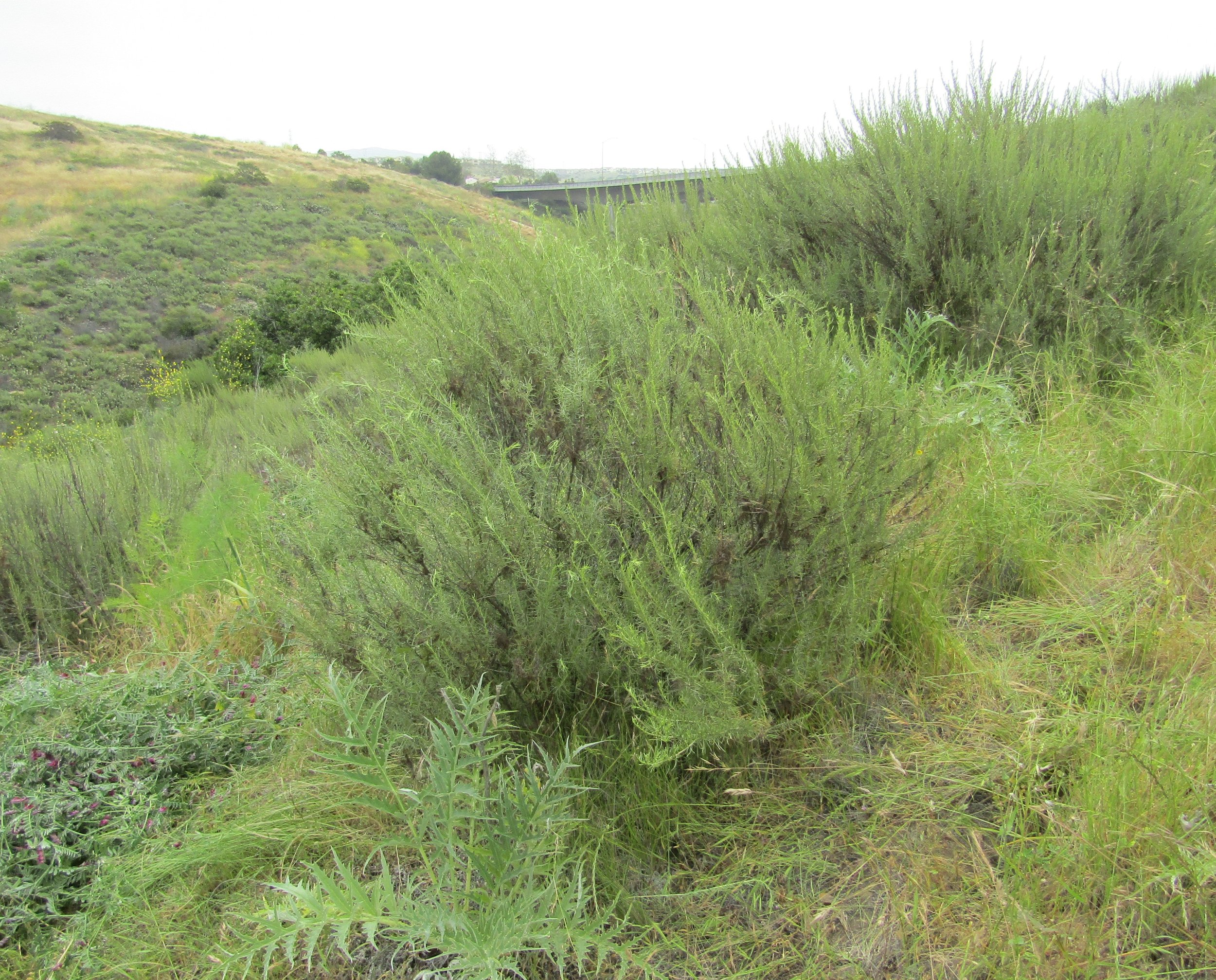Last week, we spent time at Lusardi Creek. In addition to the usual Artichoke thistle (Cynara cardunculus) and Carnation spurge (Euphorbia terracina), we treated a variety of undesirable plants. The most numerous of them was Purple salsify (Tragopogon porrifolius). A perennial herb originally from Europe, it is not invasive but it does displace natives. We found it intermixed with Prickly lettuce (Latuca serriola), both of which share the same habitat of disturbed ground. The salsify was a bit difficult to distinguish as they are the same color and the salsify just a bit shorter. On the plus side, we found a large number of native lupines well on their way to seed not far away.
This week I have Wednesday through Saturday to work with Committee members. An early summer heatwave in the forecast may make it difficult but we might be OK if we get to work early.
Below are photos of native Mohave yucca (Yucca schidegera) near the San Dieguito trailhead at Lusardi Creek.
--Robert Byrnes
Co-chair
Habitat Restoration Committee






























